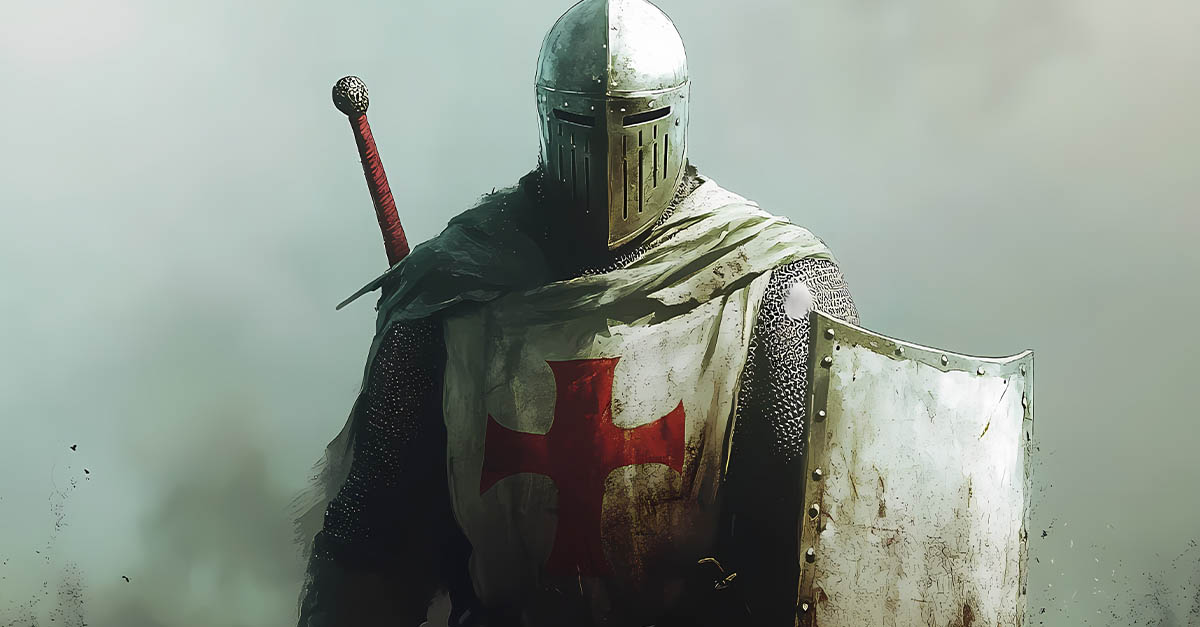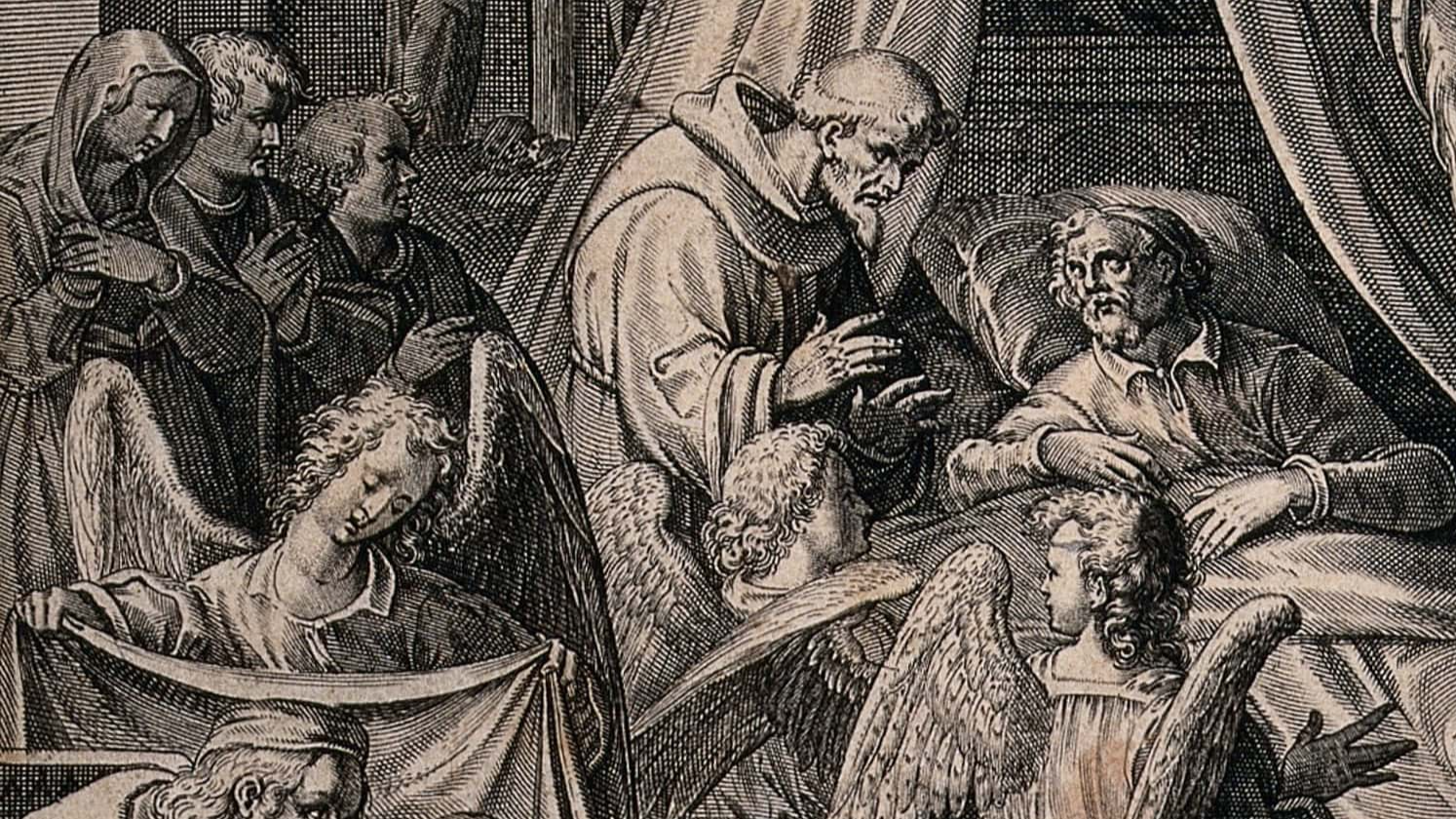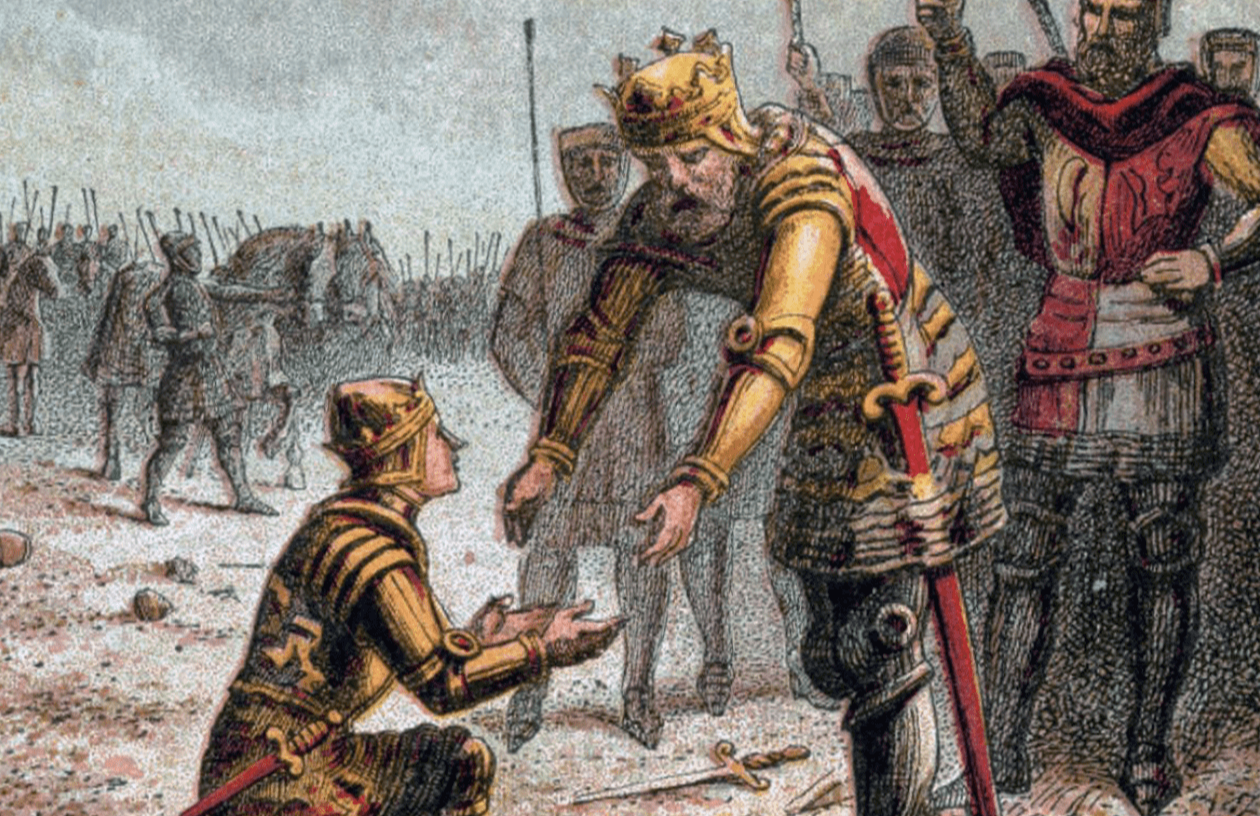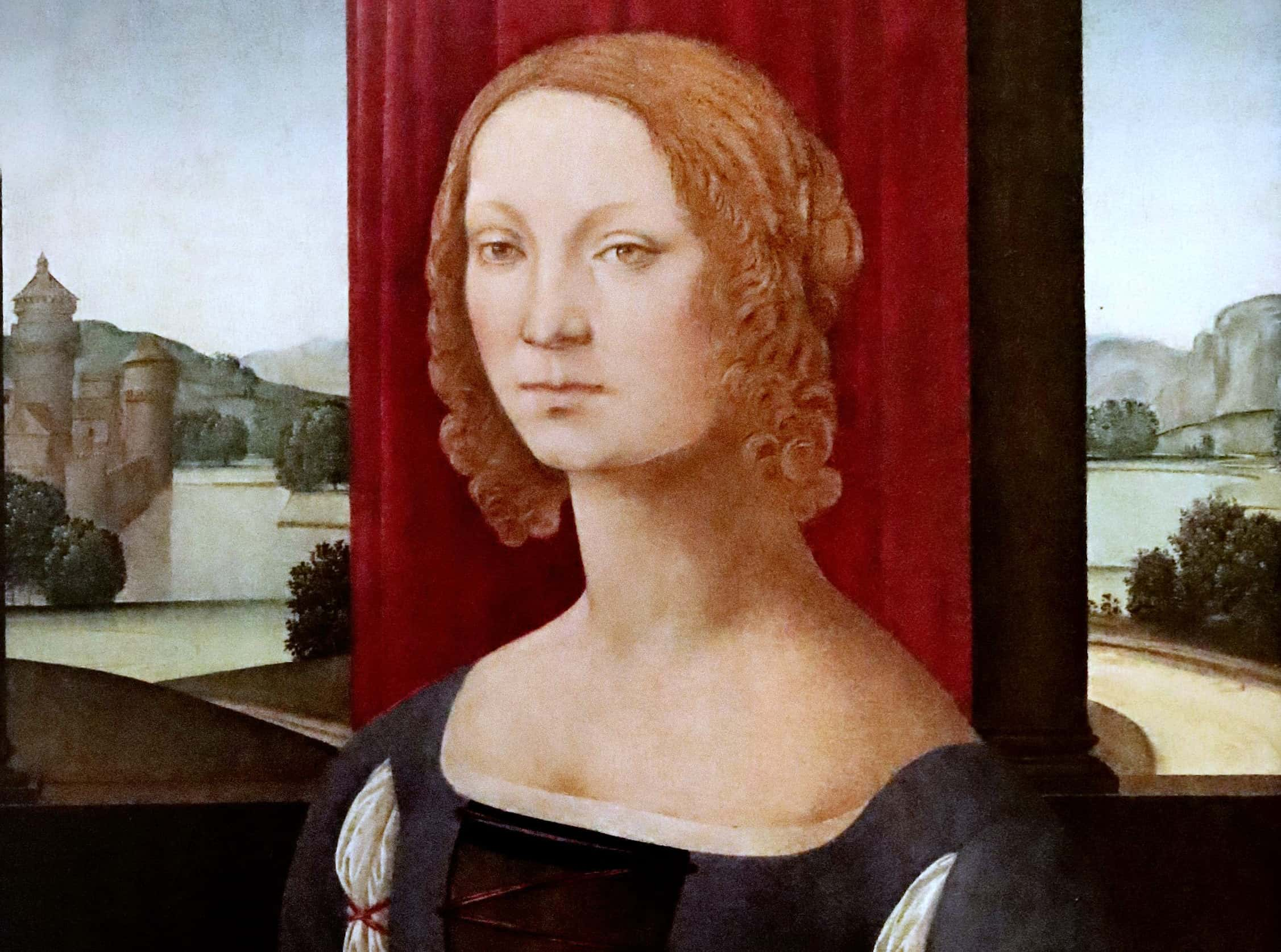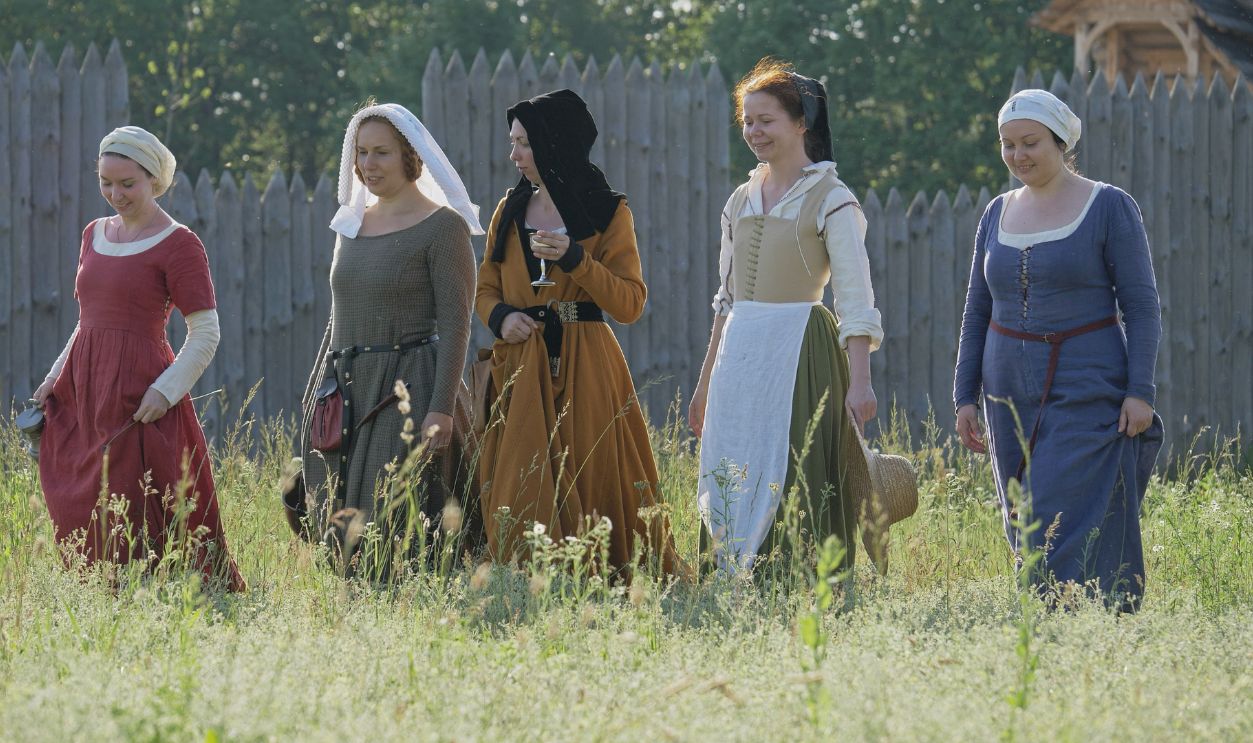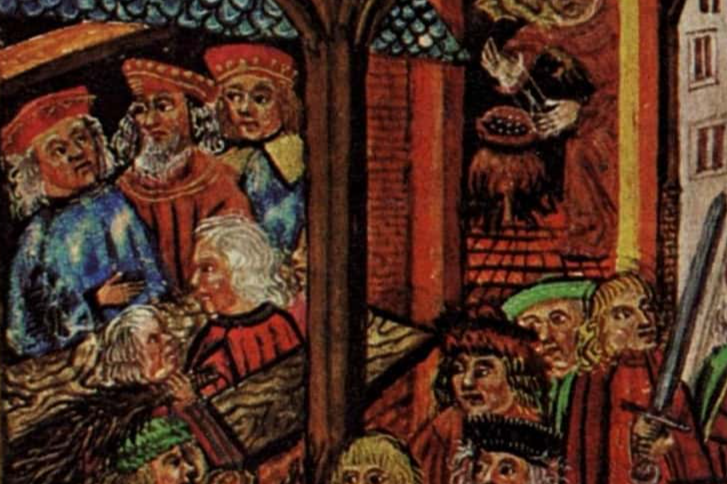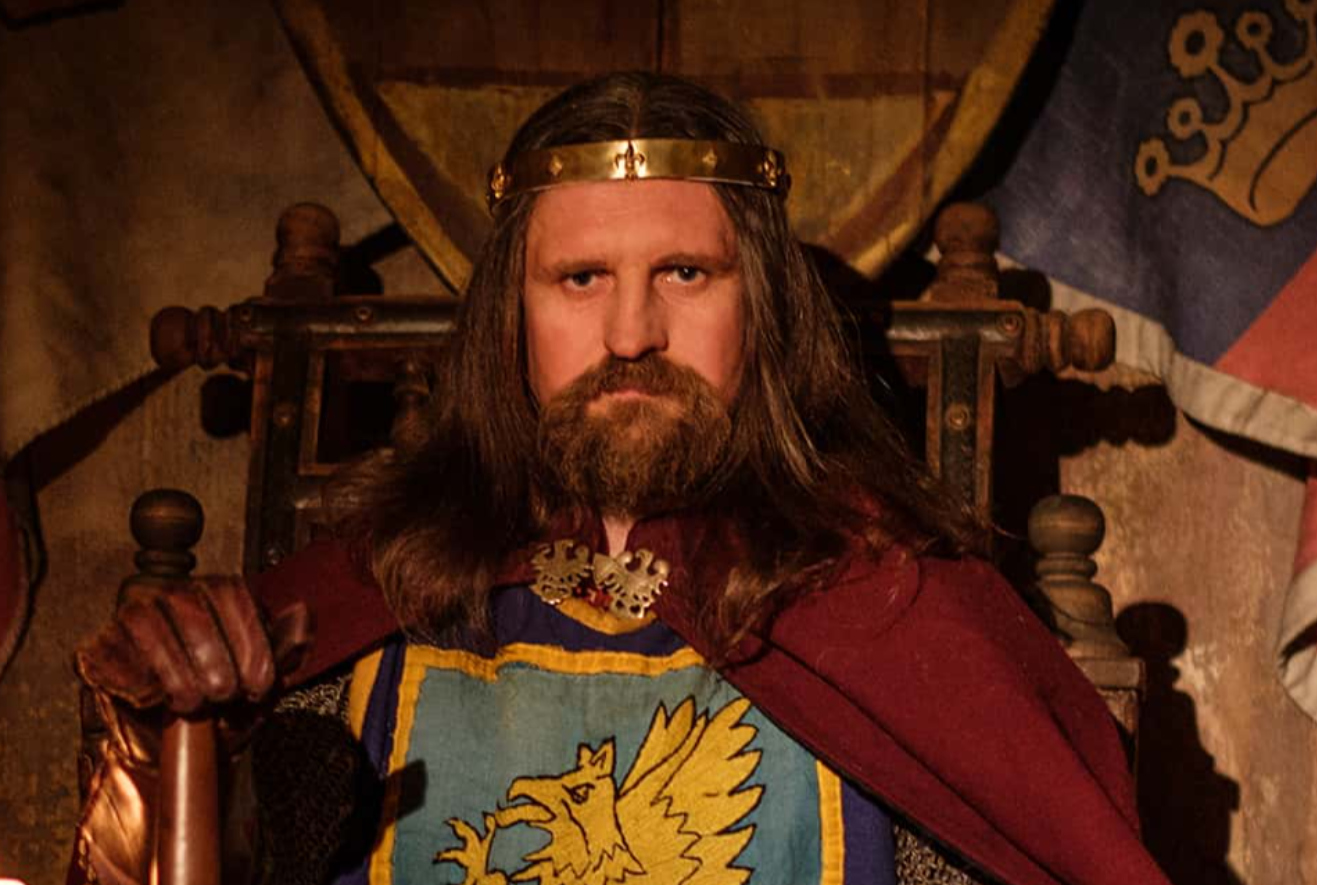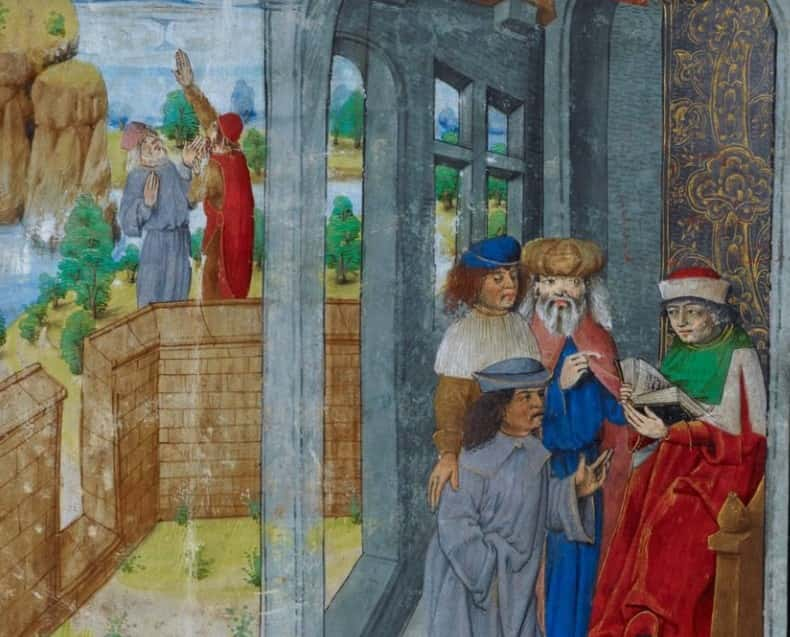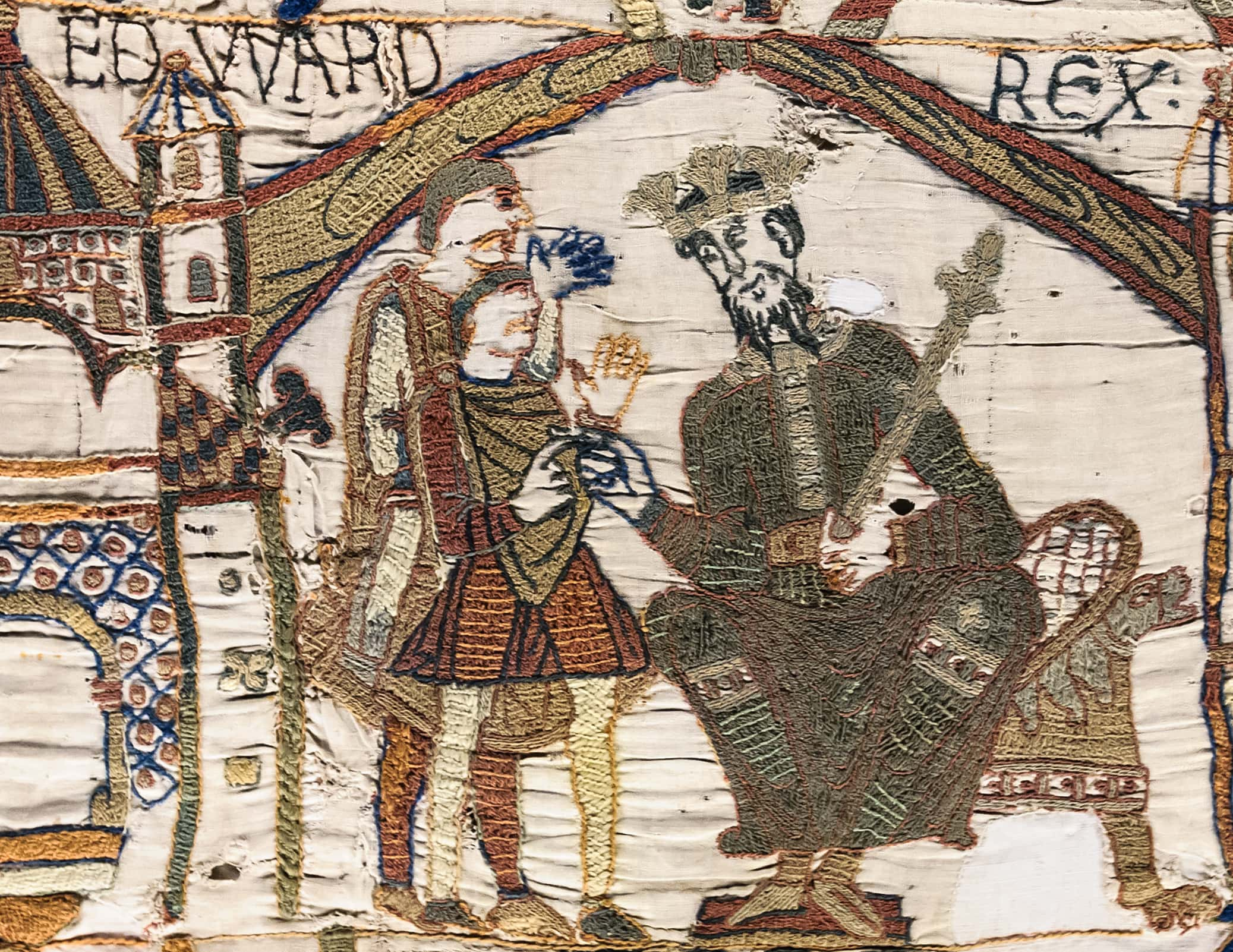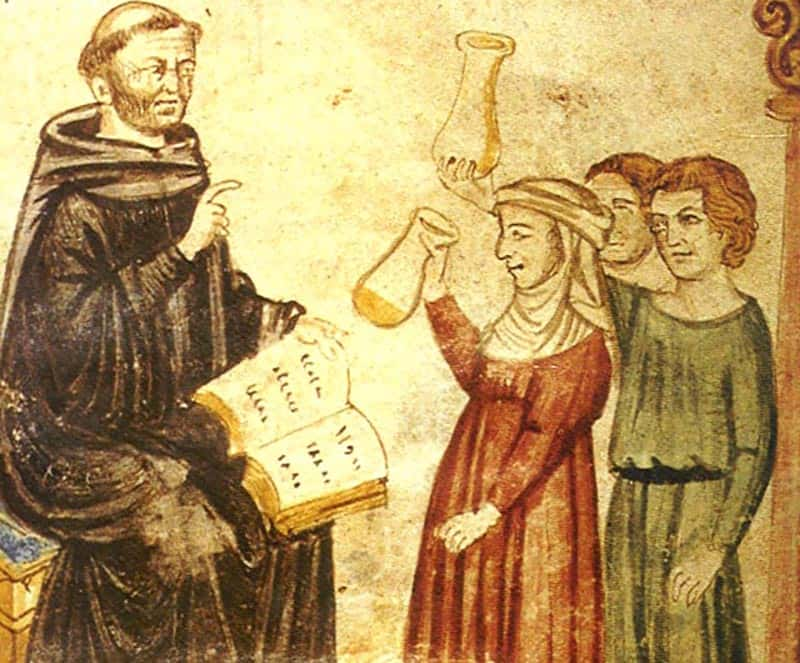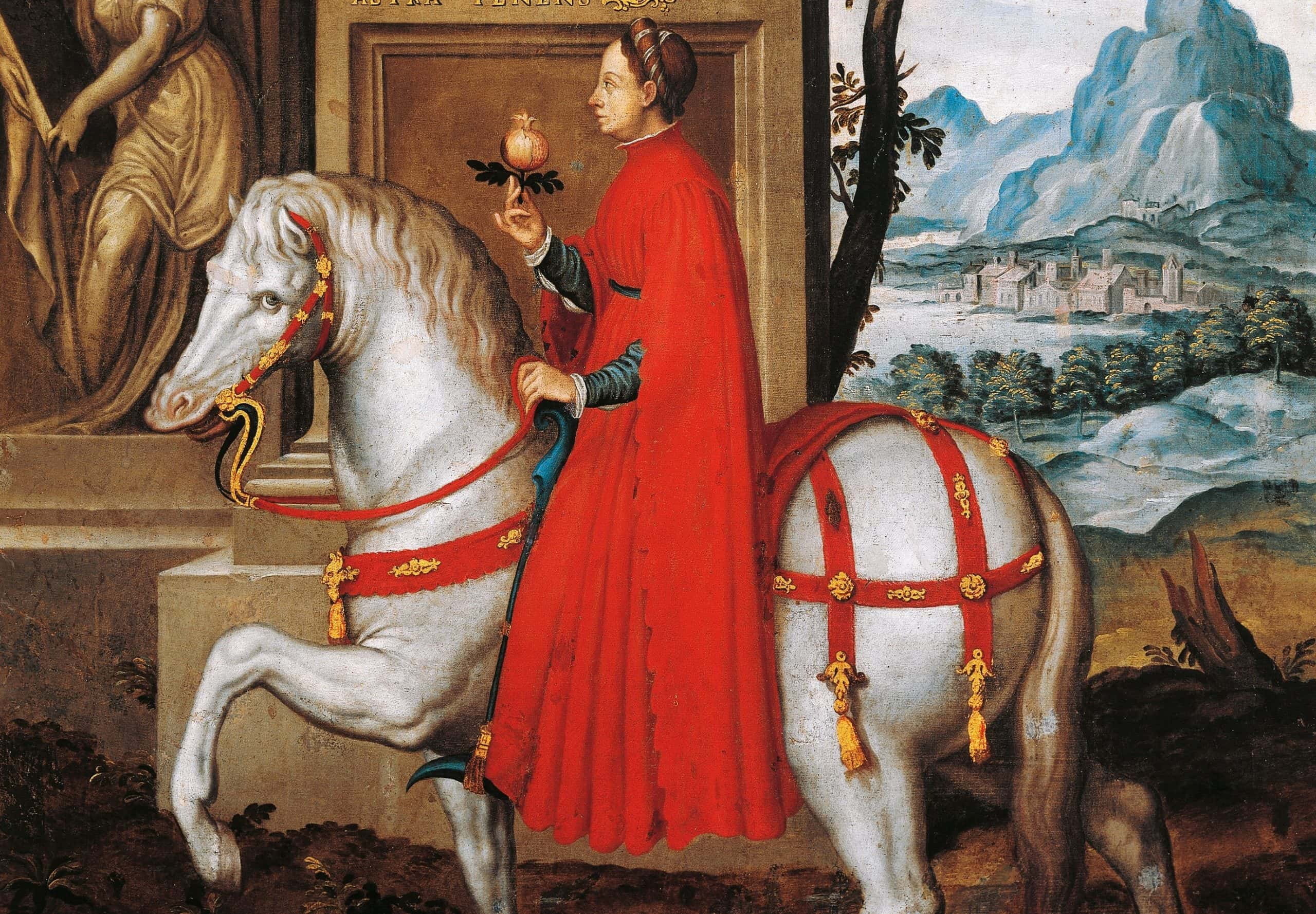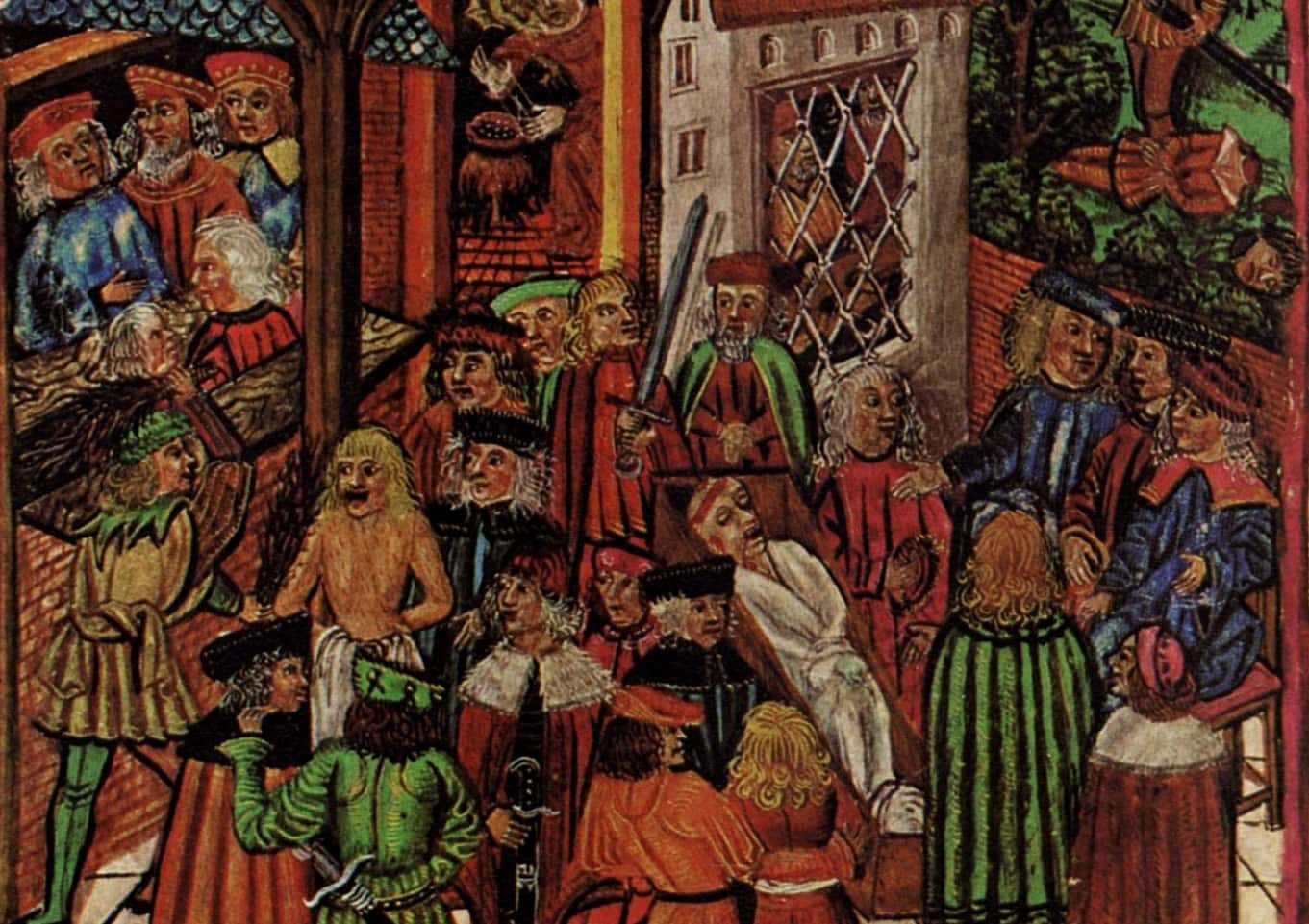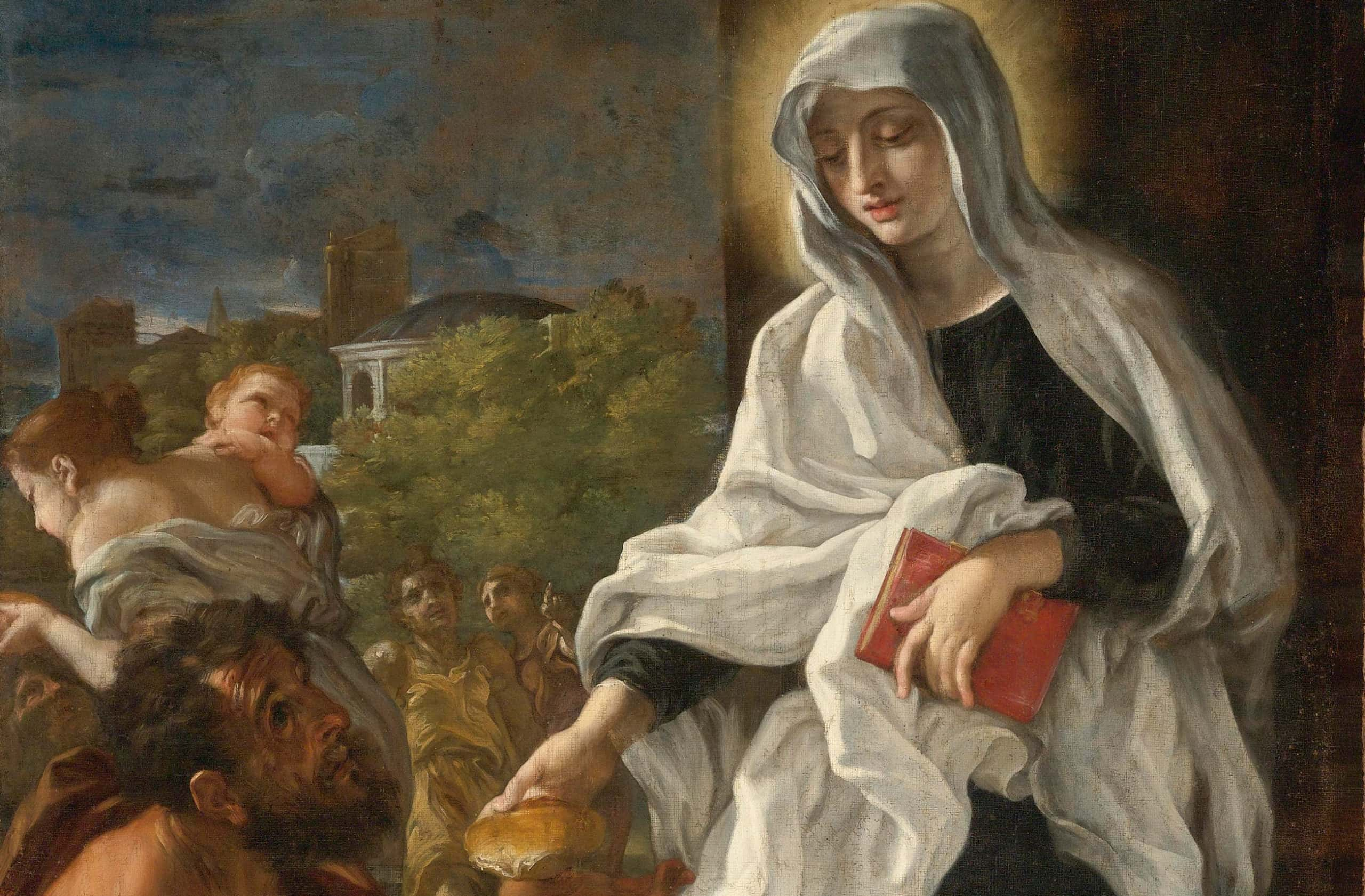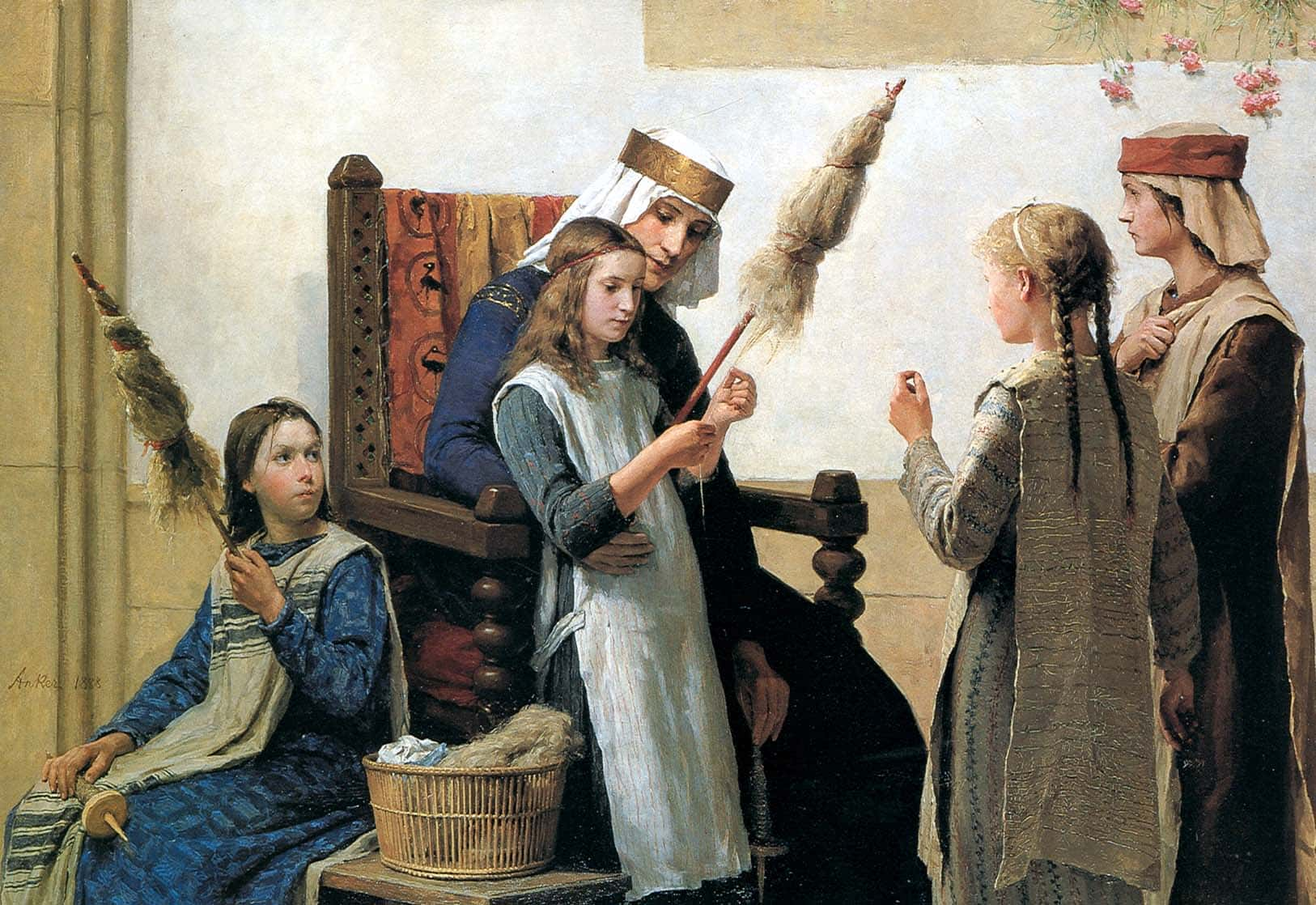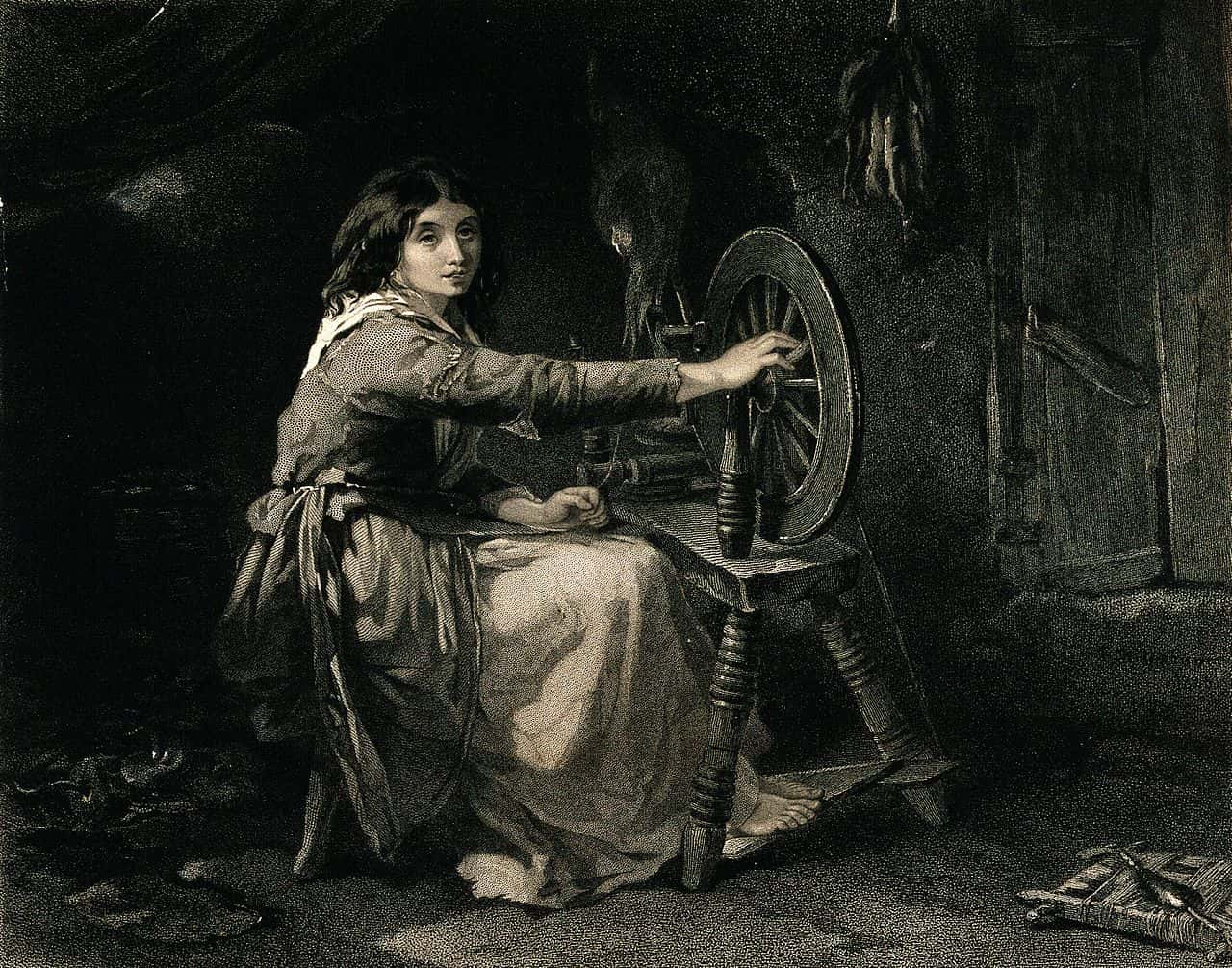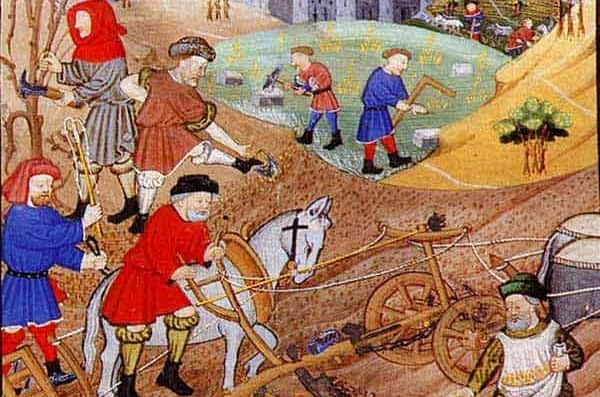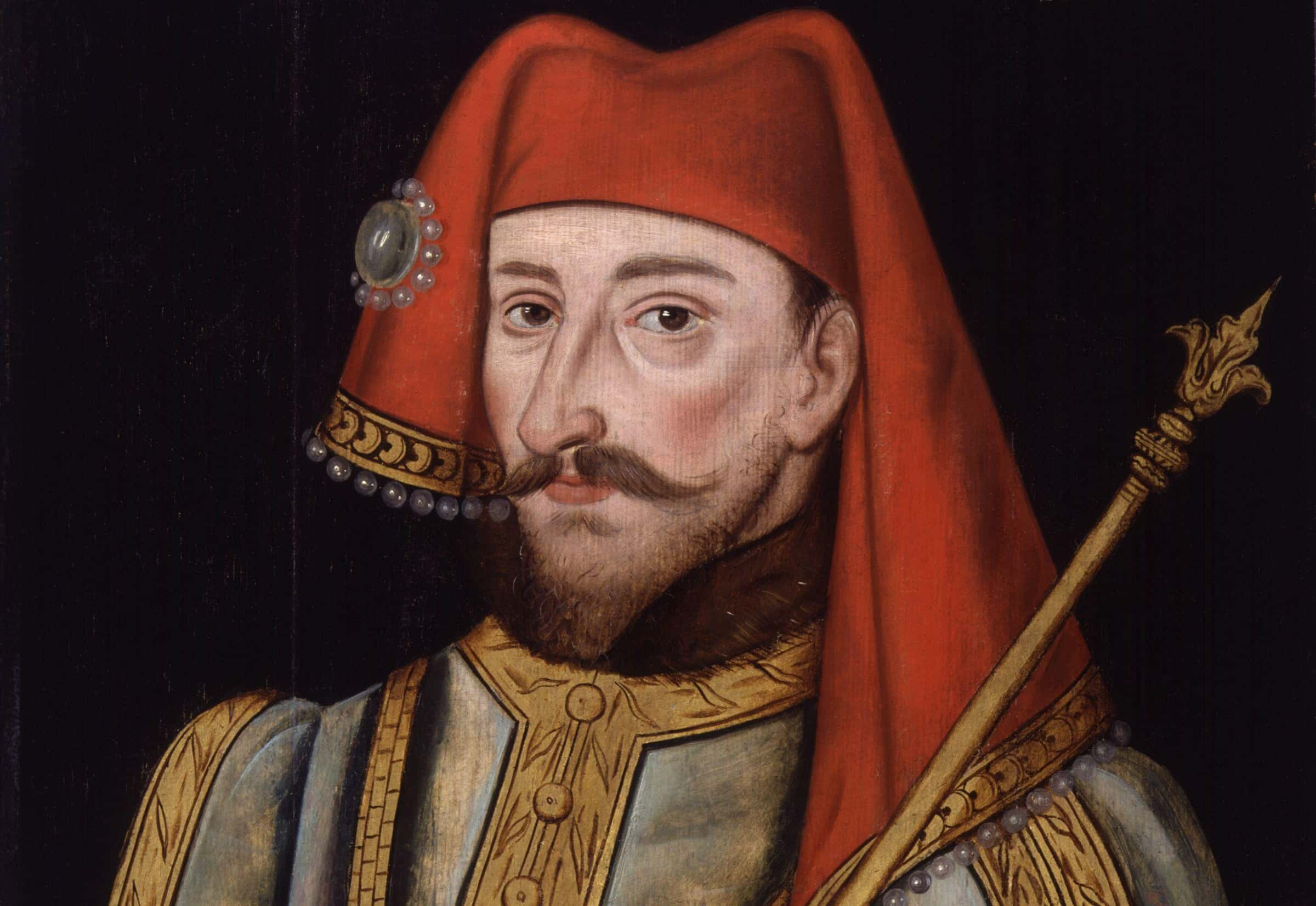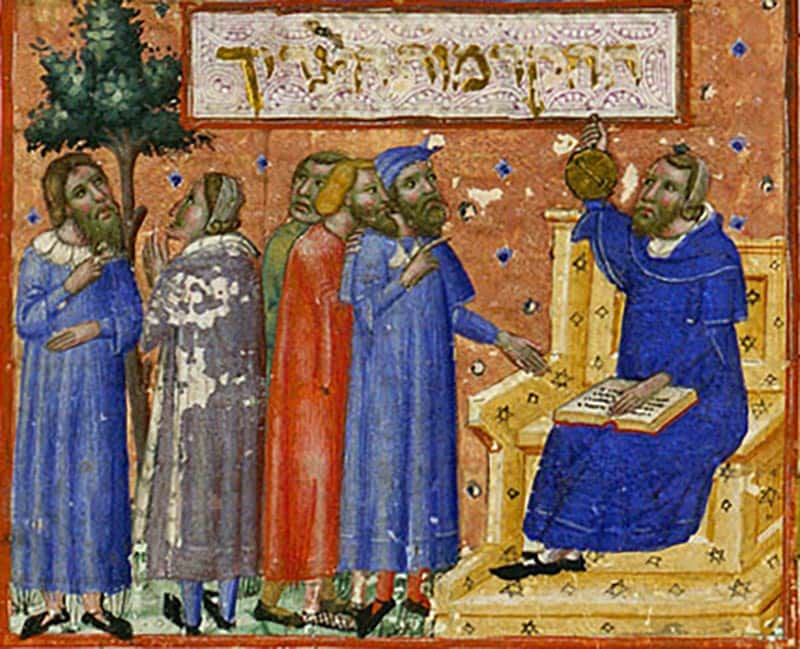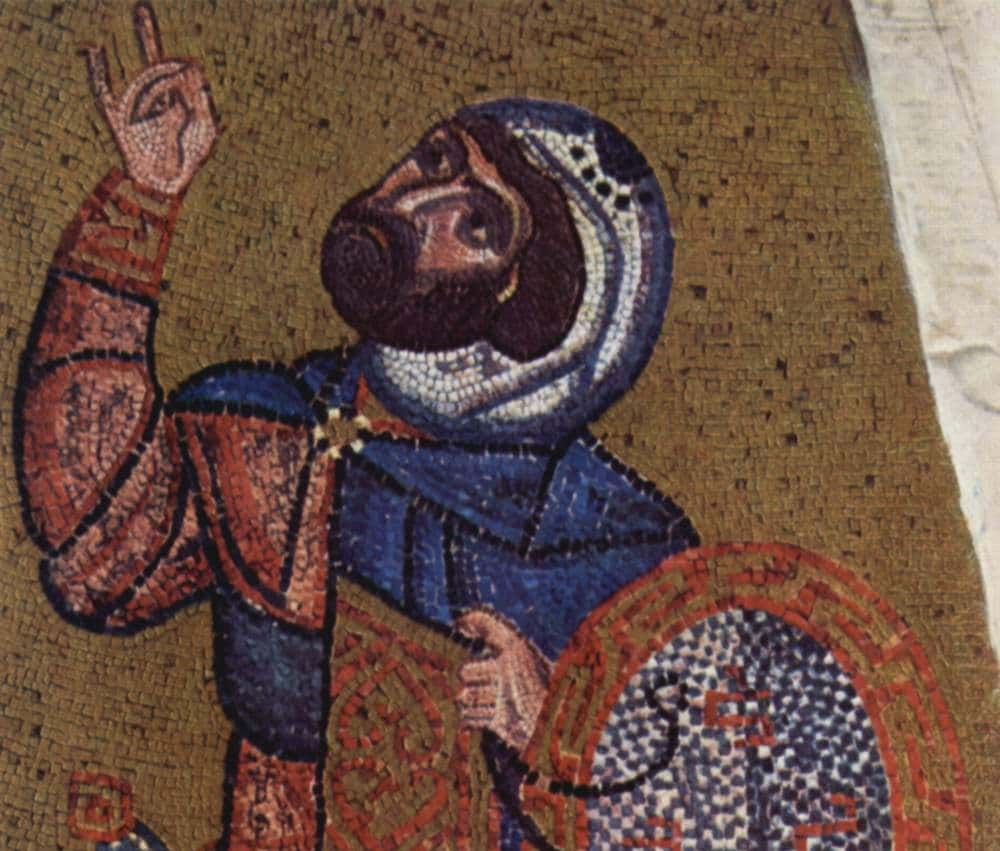An Opportunity To Change Our Assumptions
There are a lot of misconceptions about human civilization during the Medieval Period. But humans have been this way since the first time we walked this planet. Here are a few things we commonly misunderstand about the Middle Ages.
Myth: It Was A Stagnant, Anti-Intellectual Period
A common misconception is that the Middle Ages didn’t see any progress. But Christians were fond of Greek and Roman teachings, and they took science and philosophy as being important parts of their religion.
Myth: They Thought The Earth Was Flat
Academics and scientists in the Medieval Period knew that the Earth was perfectly round. But scholar Abu Rayhan (973-1048) proved this using mathematics, which is pretty impressive.
Reality: There Was 19th Century Propaganda Against The Middle Ages
The misconception began in the 19th century—specifically with writer Washington Irving—as a way of demonstrating how backward they believed the Middle Ages were. Many of the facts were totally made up.
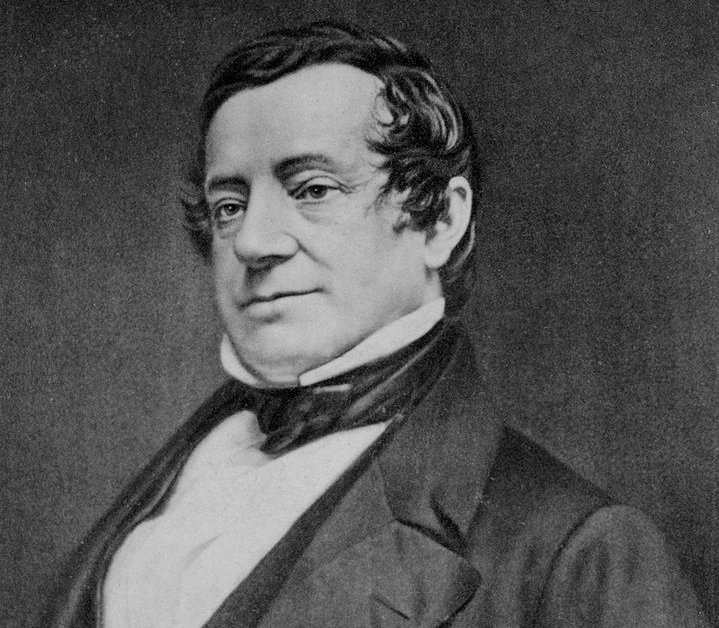 Unknown Author, Wikimedia Commons
Unknown Author, Wikimedia Commons
Reality: They Were A Nuanced People
Their maps weren’t direct representations for navigation. They were mostly used as devotional objects, and were intended to be symbolic rather than accurate representations.
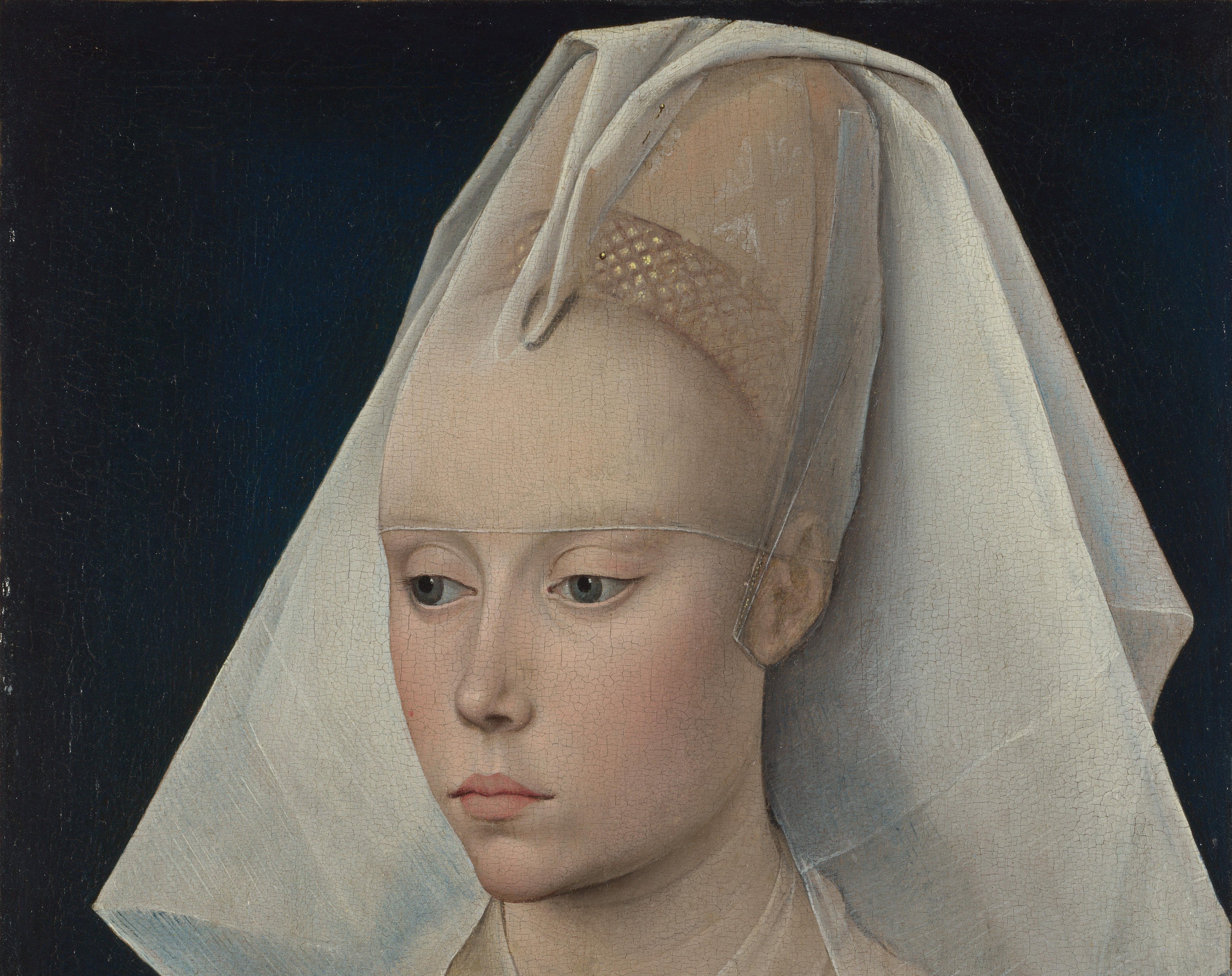 Rogier van der Weyden, Wikimedia Commons
Rogier van der Weyden, Wikimedia Commons
Myth: The Dark Ages Made No Breakthroughs Or Discoveries
Humanism in the 14th century was used to discount contributions from the Middle Ages, and claimed it was an unsophisticated time, but Medieval universities and academics were highly intelligent and formed the beginnings of many future advancements.
 Jean Froissar, Public domains, Wikimedia commons
Jean Froissar, Public domains, Wikimedia commons
Reality: They Emphasized The Importance Of History
Medieval texts on history were vital, and there were frequent sophisticated discussions about the relationship between the individual and individuals existing within the community.
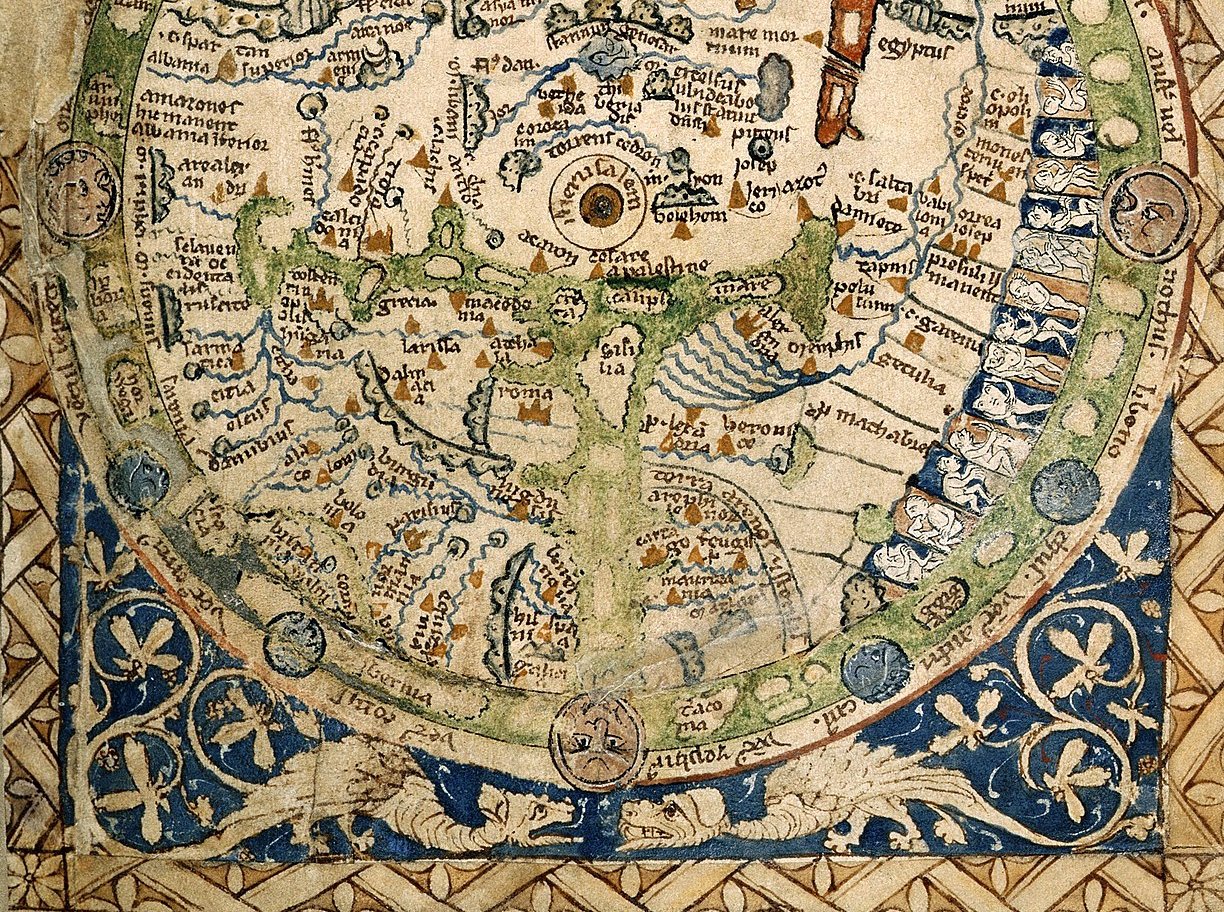 Unknown Author, Wikimedia Commons
Unknown Author, Wikimedia Commons
Myth: They Practiced Primae Noctis
This right—which supposedly allowed lords to have the “first night” with any bride under their purview—was wrongly attributed to the Medieval Period.
Reality: We Were Wrong About The Vikings’ Signature Horned Helmets
They didn’t actually wear them! It was wildly impractical for a Viking warrior to use a horned helmet in battle, as it could have easily been removed. Besides, those horns have a major risk of injury.
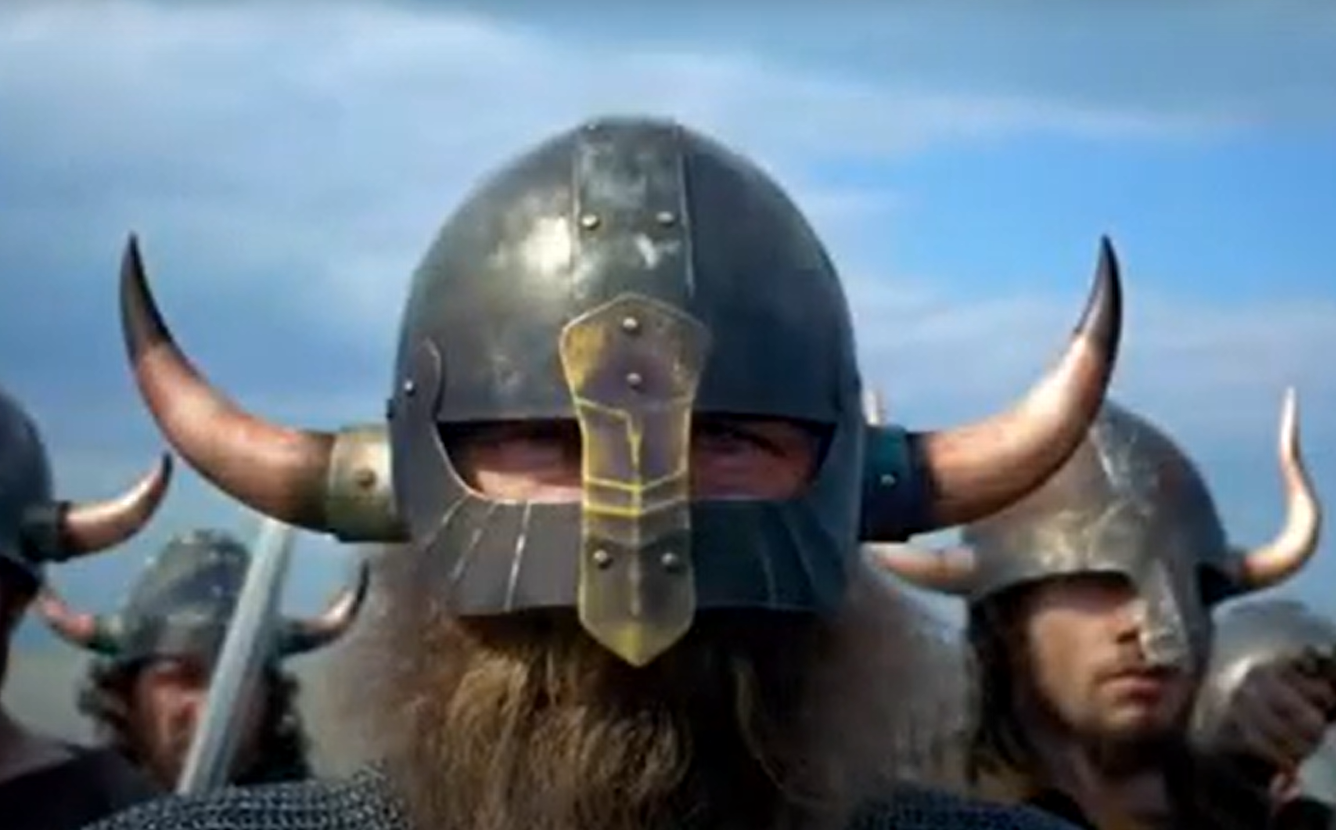 Sky High Entertainment, Vikings: Journey to New Worlds (2004)
Sky High Entertainment, Vikings: Journey to New Worlds (2004)

History's most fascinating stories and darkest secrets, delivered to your inbox daily.
Reality: The Iron Maiden Didn’t Exist
Many of the typical physical punishment devices were completely fabricated. Many are estimated to be invented many centuries later as a tourist attraction, and others often had more ordinary uses.
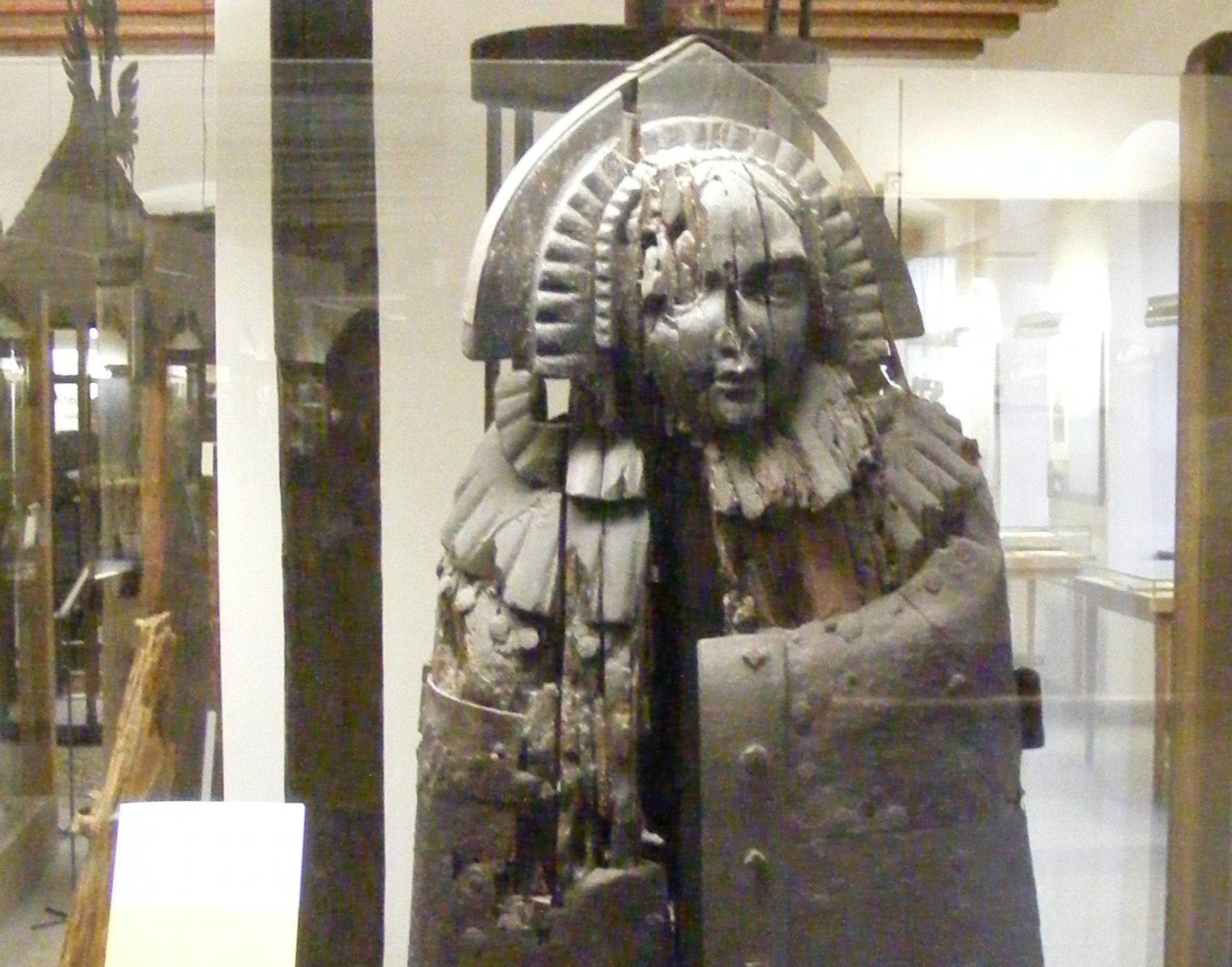 Mittelalterliches Kriminalmuseum, Wikimedia Commons
Mittelalterliches Kriminalmuseum, Wikimedia Commons
Myth: Infliction Of Pain Was Common And Punishment Was Cruel
Authorities were reluctant to use physical punishment. They often used monetary payment instead of any physical punishment. Additionally, executions were more uncommon and had a lot of moral discussion around them.
 Hegodis, CC BY-SA 4.0, Wikimedia commons
Hegodis, CC BY-SA 4.0, Wikimedia commons
Myth: Medieval Intellectuals Had Petty Arguments
17th-century theologians mocked medieval intellectual debates by claiming they argued about “how many angels could dance on the head of a pin”, which isn’t true. The 18th-century historians weren’t the only ones hating the Medieval Period.
Myth: Chastity Belts Were Used To Prevent Women From Engaging In Intimacy
These devices were never used during the Medieval Period, despite depictions that show something similar to a chastity belt made by engineer Conrad Kyeser. But he didn’t take his own creation seriously.
 Twentieth Century, The Last Duel (2021)
Twentieth Century, The Last Duel (2021)
Reality: Their Intents Were Misconstrued
Conrad Kyeser’s creation and the statements he made on the subject are attributed as being a joke directed at Florentine men. But this comment appeared again in urban legends invented by people in the 19th century, as they once again tried to downplay the Middle Ages.
Myth: They Were A Serious, Unfunny Society
Humans have always had an appetite for humor, and this was still true for the Dark Ages. Their humor was high- and low-brow and permeated all corners of their lives—including things like chastity belts.
Myth: They Never Drank Water
There are assumptions that water was incredibly dirty during the Middle Ages, which isn’t true. There were abundant sources of clean water that they could drink from, but fermented drinks were still more delicious.
Myth: No One Bathed In The Dark Ages
This is another piece of 19th century propaganda used to elevate themselves over their medieval ancestors. The Middle Ages had public bath houses, as well as combs and other personal hygiene devices. They even used pieces of cloth and natural remedies to clean their teeth!
Myth: Medieval Towns Were Disgusting
While they didn’t have the infrastructure we have now, people in the Middle Ages still went to great lengths to keep their towns clean, and they had regulations around dumping sewage and free-roaming animals.
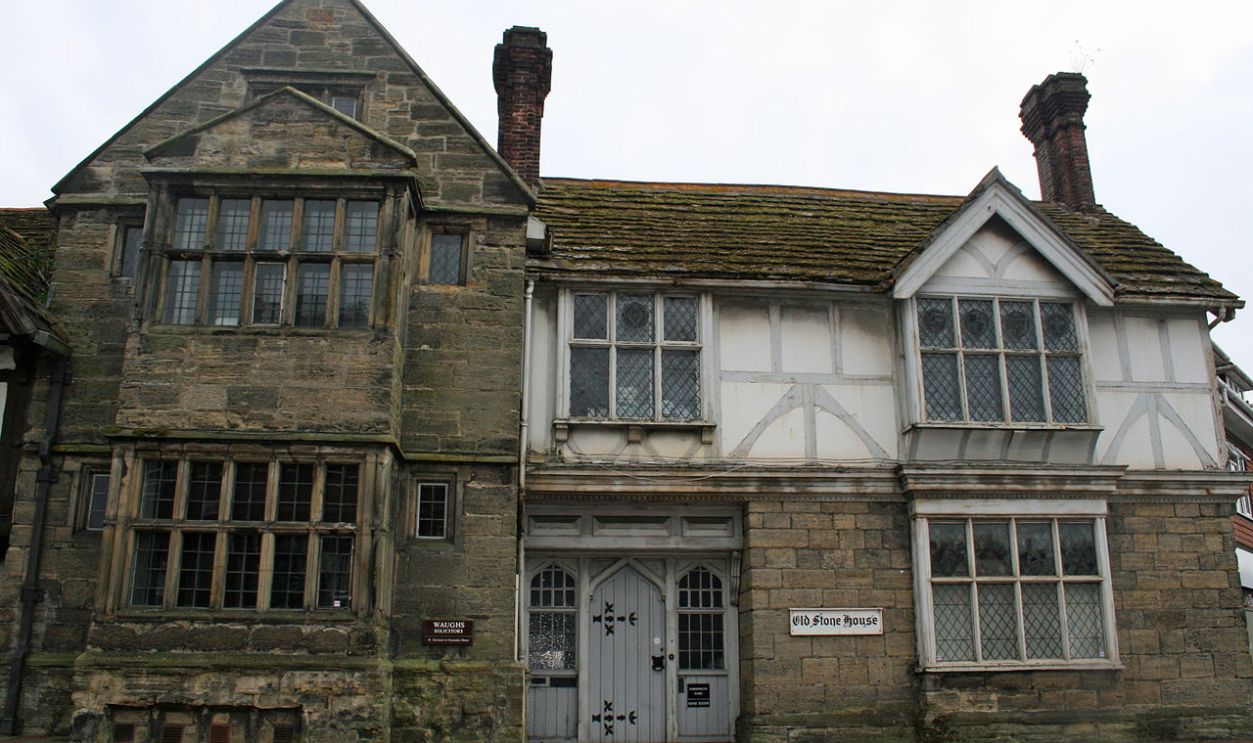 Jo Turner, CC BY-SA 2.0, Wikimedia commons
Jo Turner, CC BY-SA 2.0, Wikimedia commons
Reality: Neuschwanstein Castle Is Often Mislabeled
It's often considered to be a Medieval castle. This is objectively and factually incorrect—it was built by Ludwig II of Bavarian in the late 19th century. It draws on heavily romanticized ideals of Medieval architecture, but is akin to Disney films accurately representing history.
Myth: Medieval Feasts Didn’t Have Cutlery
There were more options for eating than using your hands, but they had knives and spoons. The fork dates back to the 4th century, in the Byzantine Empire. By the 11th century, it was used across Europe, the Middle East, and Persia.
Myth: Medieval Humans Were Born, Lived, And Passed Living In The Exact Same Place
Just as we do today, people in the Middle Ages moved, traveled, and went on pilgrimages to visit churches and monasteries. Travel was indeed widespread for many Medieval folk.
Myth: Witch Trials Were Abundant
While only half true, the witch trials that we know of only began in the 16th through 18th century. But the Medieval Period did set the stage for those events through things like the Malleus Maleficarum, a book that discussed how to identify witches and dangerous witchcraft.
Myth: Religion Was An Intense Part Of Their Lives
Yes, many people were. But there is still evidence of those who weren’t following Christian practices, and often people had other ideas about spirituality.
Myth: Religious Censorship Limited Every Part Of Their Lives
While there were a lot of censorship regulations, there were a lot of religious practices that coexisted with magic. Additionally, high-level religious discussion was key in many medieval universities.
Myth: The Meat They Ate Was Rotten
This myth was started in the 20th century, when authors—who were not experts in medieval food—assumed that the laws put in place about rotten meat meant that medieval citizens were eating rotten meat. This assumption combined with something unexpected…
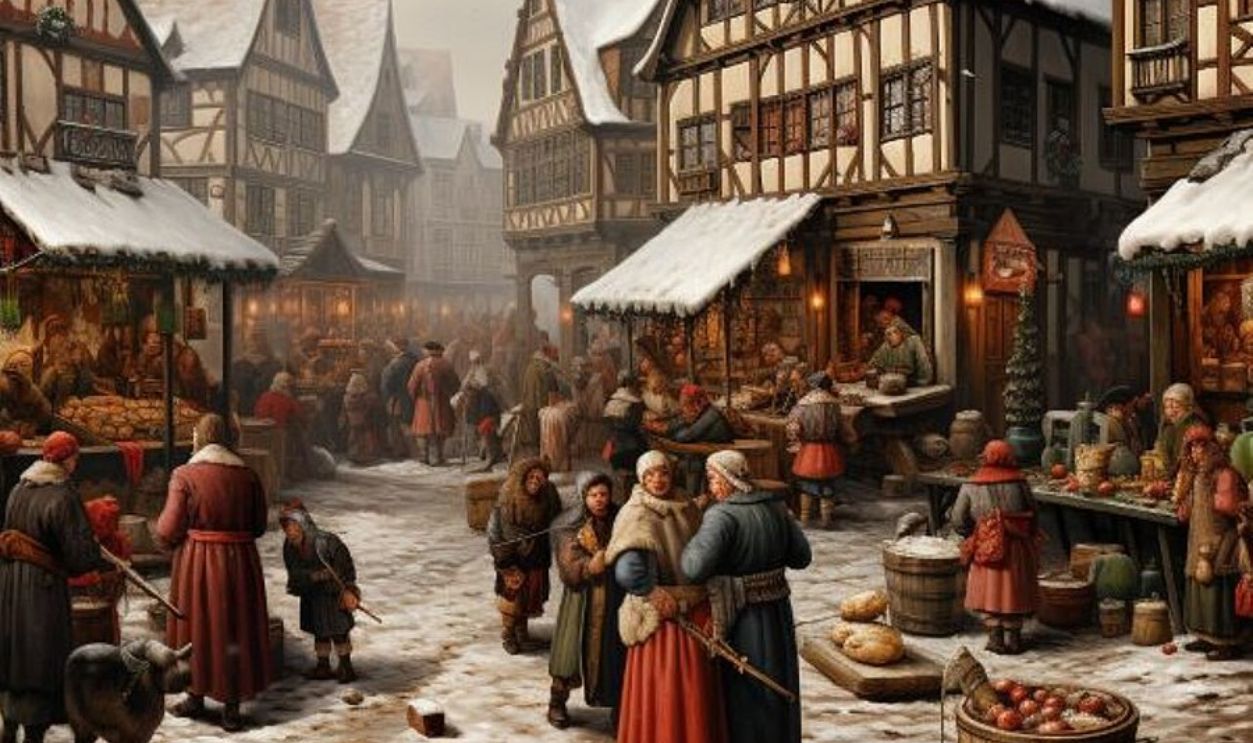 SBuys1, CC BY-SA 4.0, Wikimedia commons
SBuys1, CC BY-SA 4.0, Wikimedia commons
Myth: Medieval Food Was Boring
Recipes in the Middle Ages called for spiced meat. But these authors misinterpreted a recipe from 1594, assuming spices were used to distract from the meat being rotten. Like today, spices added flavor, they were expensive, and they were imported to create elaborate recipes.
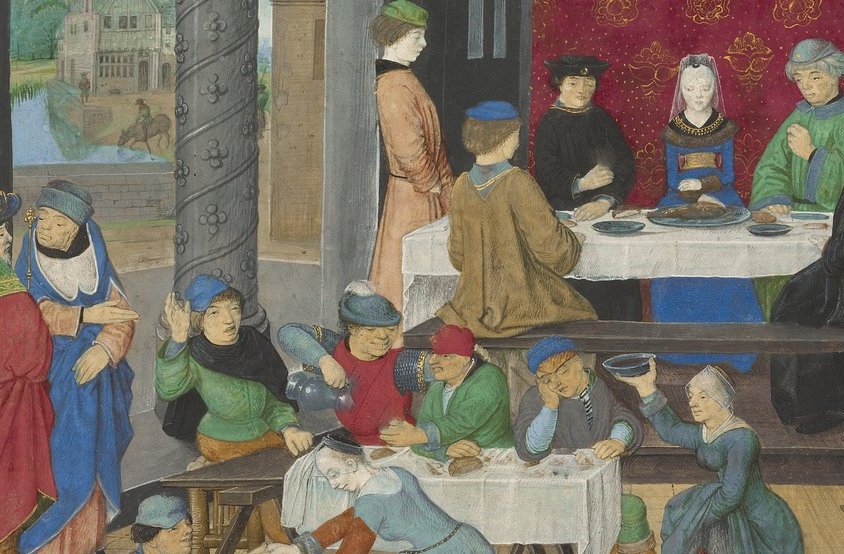 Meester van het Dresdense Gebedenboek, Wikimedia Commons
Meester van het Dresdense Gebedenboek, Wikimedia Commons
Myth: Fighting Was Chaotic In The Middle Ages
Many representations of Medieval battle have two opponents launching forces at one another, in a free-for-all brawl. But larger-scale conflict at the time involved a lot of strategy, with armies fighting in coordination.
 Bibliothèque nationale de France, Public domain, Wikimedia commons
Bibliothèque nationale de France, Public domain, Wikimedia commons
Myth: The Medieval Period Was Very Euro-centric
There was far more intermingling between countries and ethnicities than we think. Individuals and groups moved around a lot, sometimes due to conflicts, but also so they could seek improved situations elsewhere in the world.
Myth: Knights Had Rules Of Chivalry
Knights were said to practice “chivalry”, to serve and protect their lord and those weaker than them (specifically, women). While some knights did aim for specific ideals, they were mostly just men whose job was fighting. Not all of them had a strict moral code.
Myth: The Church During The Dark Ages Was Corrupt
Often, religious figures like priests are depicted as being evil, stemming from modern beliefs that they were against science and progress. But church officials were about as likely to be corrupt as anyone else.
Myth: Cats Were Massacred
This belief came about due to the abundance of rats that caused the Bubonic Plague after a hatred of cats led to the animal’s demise. But cats were often kept to handle rodents in the home and were faithful companions.
Myth: The Medieval Plague Doctor
This ensemble is very commonly associated with the Middle ages and specifically the Bubonic Plague. But this wasn’t a common thing, and it wasn’t written about until the 17th century.
Myth: Women Had No Rights And Were Heavily Mistreated
While partially true—women and other minorities consistently face maltreatment—there were opportunities for them to play active roles in their life and society.
Myth: Women Didn’t Have Opportunities
While not as abundant as men’s opportunities, there were places for women to advance themselves. Some Medieval women ran businesses and were active in their town’s economy. They were often vital supports in their small-holdings.
Myth: Trade And Commerce Wasn’t A Robust System
Modern commercial practices originated from the Medieval economy, locally and internationally. They had a complex credit system and saw the beginnings of larger companies.
Reality: Modern Beliefs Influence Interpretations Of The Medieval Period
There are also misconceptions about who ran the interest and credit systems, often attributed to the Jewish community. This is untrue and fuels anti-Semitic beliefs.
Myth: Medieval People Were Of Small Stature
This is based on the size of door-frames of Middle Age houses, but archaeological analysis established that there was very little difference between the average height in the 19th century to the 10th century.
Myth: The Common Folk Were Ignorant
While there wasn’t any standardized education and literacy wasn’t common, peasants were very capable at navigating their legal systems when it came to various types of disputes, and they were very aware of what their land, livestock, and lives were worth.
Myth: People In The Dark Ages Were Brutal
While there isn’t the same stigma around physical altercations that we have today, medieval society focused a lot on levels of physical conflict and the subsequent harm. They worried a lot about the morality of physical harm.
Myth: Children Weren’t Allowed To Be Children
In his 1960 book, Philippe Ariès claimed that children in the Middle Ages didn’t have time to be a child. While they were treated differently, it was acknowledged that children had different needs and desires than adults. Medieval children still had toys!
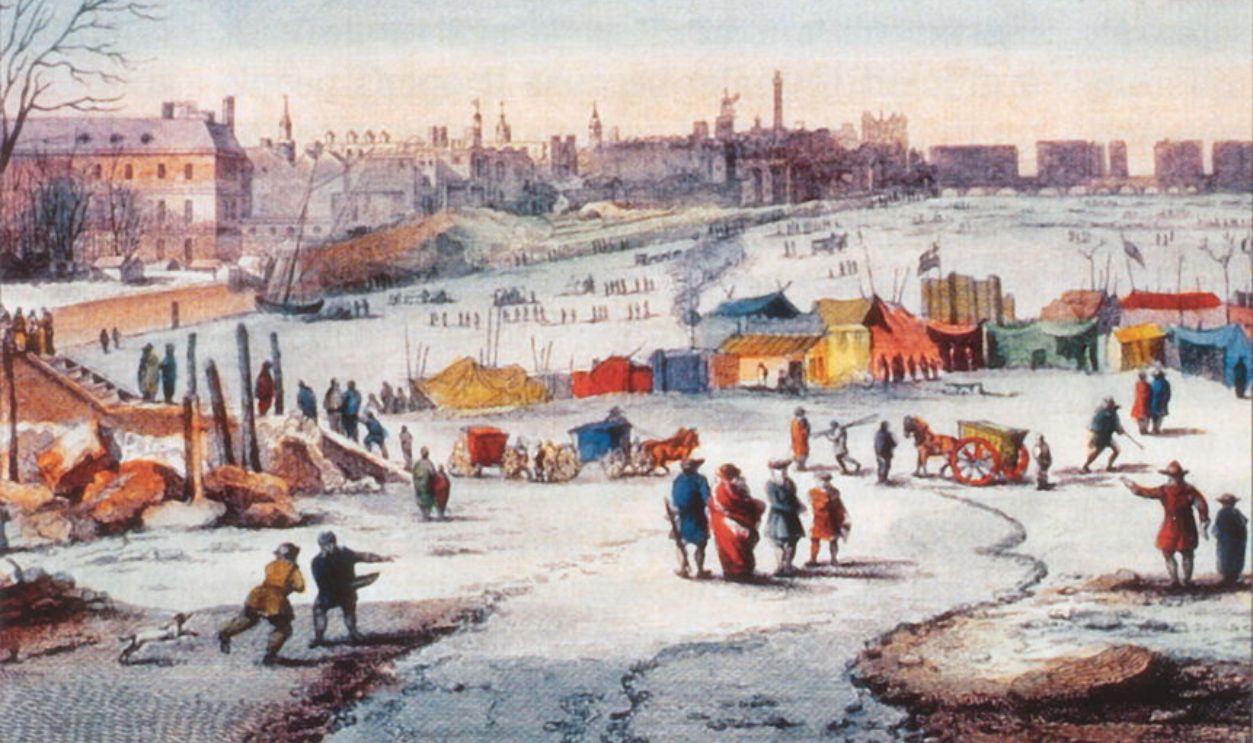 Thomas Wyke, Wikimedia Commons
Thomas Wyke, Wikimedia Commons
Myth: The Life-Expectancy Was Very Low
It is commonly believed that no one in the Medieval Period lived beyond the age of 30, but in fact, people often lived until 60 or 70. The low life-expectancy rate is low because of the chance of children perishing from illness or disease.
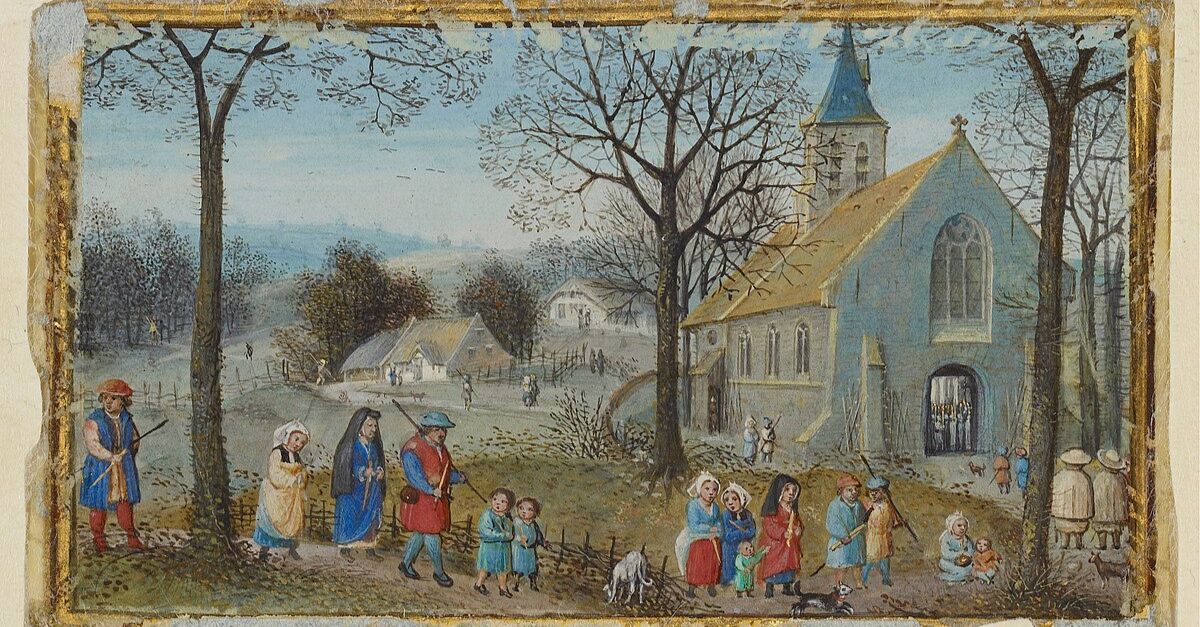 Simon Bening, Public domain, Wikimedia Commons
Simon Bening, Public domain, Wikimedia Commons

